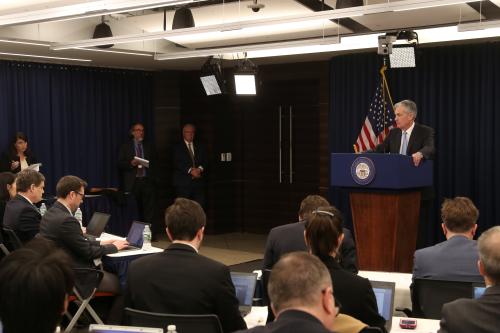Summary of Recommendations
Give the Federal Reserve lead responsibility for monitoring the stability of the financial system. The Fed should consult with other regulators and report to Congress at regular intervals on emerging risks, regulatory gaps, perverse incentives, and market forces that threaten to destabilize the system. It should recommend remedies, both statutory and administrative.
Give the Federal Reserve a means of controlling excessive leverage throughout the financial system. The Fed would then have another tool, in addition to monetary policy, for controlling major asset price bubbles whose bursting could destabilize the financial system and cripple the real economy.
Discourage growth of large financial institutions: (1) by increasing capital requirement steeply as institutions grow; (2) by creating authority to expedite the resolution of failing financial institutions (paid for by fees that rise with size).
Do not designate systemically important institutions (institutions deemed too big to fail) or give them their own regulator. This will create a new class of GSE-like protected institutions.
Do not give major new regulatory responsibility to the Federal Reserve. Allow the Fed to focus on monetary policy, the payments system, and its role as lender of last resort. Protect the Fed’s independence, especially with respect to monetary policy-making.
Consolidate prudential regulation of financial institutions-to increase efficiency and eliminate regulatory arbitrage. This could be done in stages. Stage one would consolidate bank regulation in a single independent agency, which would also have responsibility for regulating Financial Holding Companies (including those that do not own banks). This independent agency could report to a Board or Council of agencies, but should not be part of the Treasury or the Federal Reserve. Stage two might eventually pull other functional regulators under the same agency.



